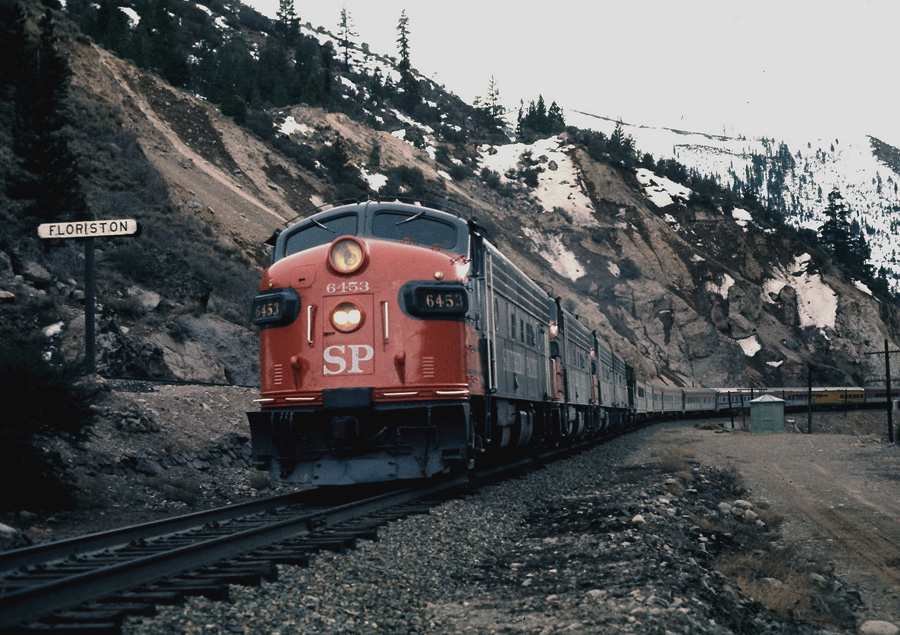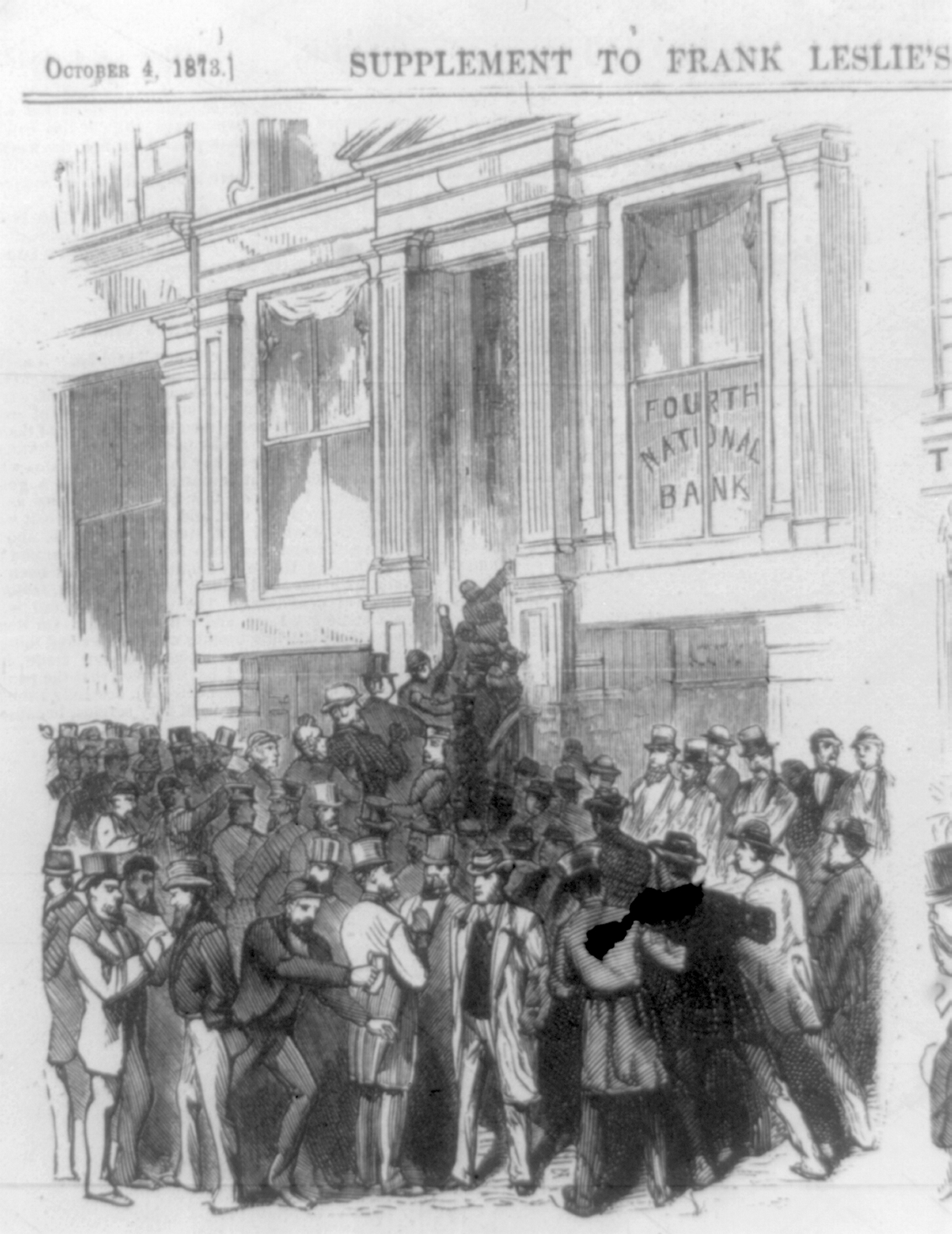|
Madera Sugar Pine Company
The Madera Sugar Pine Company was a lumber company that operated in the Sierra Nevada region of California during the late 19th and early 20th centuries. It was known for its use of innovative technologies, such as the first log flume and logging railroad in the southern Sierra, and the adoption of the Steam Donkey engine in commercial logging. The company had a significant impact on the region, leading to the founding of several towns, including Madera, Fish Camp, and Sugar Pine, as well as the growth of Fresno Flats and the formation of Madera County. In addition, the company contributed to the agriculture in California in California through its production of wooden shipping boxes and was involved in a U.S. Supreme Court case related to employer obligations. At its peak, The Madera Sugar Pine Company employed over 600 men in its logging operations and another 1,000 men in its lumbering plant, and produced 50 million board feet of lumber annually. Most of the company's pr ... [...More Info...] [...Related Items...] OR: [Wikipedia] [Google] [Baidu] |
Log Flume
A log flume is a watertight flume constructed to transport lumber and logs down mountainous terrain using flowing water. Flumes replaced horse- or oxen-drawn carriages on dangerous mountain trails in the late 19th century. Logging operations preferred flumes whenever a reliable source of water was available. Flumes were cheaper to build and operate than logging railroads. They could span long distances across chasms with more lightweight trestles. Flumes remained in widespread use through the early 20th century. The logging truck replaced both the logging railroad and the flume after WWII. Today, log flumes remain in the popular imagination as amusement park rides. History J.W. Haines built the first successful lumber flume in 1859. The v-shaped trough brought a half-million feet of lumber daily from the eastern Sierra Nevada to the Comstock Lode. The route was between Lake Tahoe and Reno, terminating at the Virginia and Truckee Railroad terminus in Washoe Valley. Soon, l ... [...More Info...] [...Related Items...] OR: [Wikipedia] [Google] [Baidu] |
Yosemite Mountain Sugar Pine Railroad
The Yosemite Mountain Sugar Pine Railroad (YMSPRR) is a historic narrow gauge railroad with two operating steam train locomotives located near Fish Camp, California, in the Sierra National Forest near the southern entrance to Yosemite National Park. Rudy Stauffer organized the YMSPRR in 1961, utilizing historic railroad track, rolling stock and locomotives to construct a tourist line along the historic route of the Madera Sugar Pine Lumber Company. Service began with the purchase of three-truck Shay locomotive No. 10 from the West Side Lumber Company railway of Tuolumne, California. Built in 1928, No. 10 was recognized as the largest narrow gauge Shay locomotive—and one of the last constructed. After his retirement in 1981, Rudy Stauffer was succeeded by his son, Max, as the railroad's owner and operator. In 1986, the YMSPRR purchased Shay No. 15—also a former West Side Lumber Company locomotive—from the West Side & Cherry Valley Railroad tourist line in Tuolumne. T ... [...More Info...] [...Related Items...] OR: [Wikipedia] [Google] [Baidu] |
Madera, California
Madera (Spanish language, Spanish for "Wood") is a city and county seat of Madera County, California, Madera County, California. As of the 2020 United States census, the city's population was 66,224. Located in the San Joaquin Valley, Madera is the principal city of thMadera Metropolitan Statistical Area which is part of thFresno-Madera-Hanford Combined Statistical Area The city is home to the Madera Unified School District. History The town was named after the Spanish term for lumber. The town was laid out by the Madera_Sugar_Pine_Company, California Lumber Company in 1876. From 1876 to 1931, a water flume carried lumber from the mountains to Madera where the lumber was shipped by train. The first post office at Madera opened in 1877. On May 16, 1893, Madera County officially became a county of the state of California and the town incorporated as the City of Madera on March 27, 1907. One of the city's first African Americans to hold an elected office was Rev. Naaman N. Hayne ... [...More Info...] [...Related Items...] OR: [Wikipedia] [Google] [Baidu] |
Forest Railway
A forest railway, forest tram, timber line, logging railway or logging railroad is a mode of railway transport which is used for forestry tasks, primarily the transportation of felling, felled logs to sawmills or railway stations. In most cases this form of transport utilised narrow gauges, and were temporary in nature, and in rough and sometimes difficult to access terrain. History Before the railway was invented, logs were transported in large numbers from the forest down rivers either freely or on wooden rafts. This was not without its problems and wood was often damaged in transit, lost in floods or stranded in shallow water. Suitable rivers were often unavailable in mountainous terrain. Simple wagonways, using horses and wooden rails, were used from the 18th century. However the invention of the steam locomotive and steel rails soon led to these being employed for forestry. However the difficult terrain within forests meant that narrow-gauge railways, which took up less s ... [...More Info...] [...Related Items...] OR: [Wikipedia] [Google] [Baidu] |
Redwood Stump In Nelder Grove Around 1881
Sequoioideae, popularly known as redwoods, is a subfamily of coniferous trees within the family Cupressaceae. It includes the largest and tallest trees in the world. Description The three redwood subfamily genera are '' Sequoia'' from coastal California and Oregon, ''Sequoiadendron'' from California's Sierra Nevada, and ''Metasequoia'' in China. The redwood species contains the largest and tallest trees in the world. These trees can live for thousands of years. Threats include logging, fire suppression, climate change, illegal marijuana cultivation, and burl poaching. Only two of the genera, ''Sequoia'' and ''Sequoiadendron'', are known for massive trees. Trees of ''Metasequoia'', from the single living species ''Metasequoia glyptostroboides'', are much smaller. Taxonomy and evolution Multiple studies of both morphological and molecular characters have strongly supported the assertion that the Sequoioideae are monophyletic. Most modern phylogenies place ''Sequoia'' as sis ... [...More Info...] [...Related Items...] OR: [Wikipedia] [Google] [Baidu] |
Southern Pacific Railroad
The Southern Pacific (or Espee from the railroad initials- SP) was an American Class I railroad network that existed from 1865 to 1996 and operated largely in the Western United States. The system was operated by various companies under the names Southern Pacific Railroad, Southern Pacific Company and Southern Pacific Transportation Company. The original Southern Pacific began in 1865 as a land holding company. The last incarnation of the Southern Pacific, the Southern Pacific Transportation Company, was founded in 1969 and assumed control of the Southern Pacific system. The Southern Pacific Transportation Company was acquired in 1996 by the Union Pacific Corporation and merged with their Union Pacific Railroad. The Southern Pacific legacy founded hospitals in San Francisco, Tucson, and Houston. In the 1970s, it also founded a telecommunications network with a state-of-the-art microwave and fiber optic backbone. This telecommunications network became part of Sprint, a compa ... [...More Info...] [...Related Items...] OR: [Wikipedia] [Google] [Baidu] |
Droughts In The United States
Drought in the United States is similar to that of other portions of the globe. Below normal precipitation leads to drought, and is caused by an above average persistence of high pressure over the affected area. Changes in the track of extratropical cyclones, which can occur during climate cycles such as the El Niño-Southern Oscillation, or ENSO, as well as the North Atlantic Oscillation, Pacific Decadal Oscillation, and Atlantic multidecadal oscillation, modulate which areas are more prone to drought. Increased drought frequency and severity is also expected to be one of the effects of global warming. The country's contiguous western and especially southwestern region has experienced widespread drought since about year 2000. Drought having an acute economic impact in the history of the United States occurred during the 1930s and 1940s, periods of time known as 'Dust Bowl' years where relief and health agencies became overburdened and many local community banks had to clo ... [...More Info...] [...Related Items...] OR: [Wikipedia] [Google] [Baidu] |
Nelder Grove Tramway , a method to find the minimum or maximum of an objective function in a multidimensional space
{{disambig ...
Nelder can refer to: *Geoff Nelder, a British author *John Nelder (1924-2010), a British statistician * Nelder, a giant sequoia in California *Nelder Grove, a giant sequoia grove in California *Nelder–Mead method The Nelder–Mead method (also downhill simplex method, amoeba method, or polytope method) is a numerical method used to find the minimum or maximum of an objective function in a multidimensional space. It is a direct search method (based on ... [...More Info...] [...Related Items...] OR: [Wikipedia] [Google] [Baidu] |
Sugar Pine, California
Sugar Pine is an unincorporated community in Madera County, California. It is located north of Yosemite Forks, at an elevation of 4236 feet (1291 m). It is located 1 mile east of California State Route 41, between Oakhurst, California and the South Entrance of Yosemite National Park. Sugar Pine was built by the Madera Sugar Pine Company in 1899 to 1900. The company which had an extensive logging operation in the area between the 1890s and 1931. The mill pond and some service buildings are all that remain of the mill. The company housing units, over the years updated, are still in use today as residences and vacation homes. A post office operated at Sugar Pine from 1907 to 1934. Gallery Sugar Pine Mill Log Pond.jpg, The first mill at Sugar Pine around 1920. Sugar Pine Mill Log Pond Full Deck.jpg, A "full deck" in the log pond ready to be cut. Sugar Pine Mill Complex - Loading Yards.jpg, The Madera Sugar Pine company expanded the Sugar Pine Mill complex after a catastrophic ... [...More Info...] [...Related Items...] OR: [Wikipedia] [Google] [Baidu] |
Sequoiadendron Giganteum
''Sequoiadendron giganteum'' (giant sequoia; also known as giant redwood, Sierra redwood, Sierran redwood, California big tree, Wellingtonia or simply big treea nickname also used by John Muir) is the sole living species in the genus ''Sequoiadendron'', and one of three species of coniferous trees known as Sequoioideae, redwoods, classified in the family Cupressaceae in the subfamily Sequoioideae, together with ''Sequoia sempervirens'' (coast redwood) and ''Metasequoia glyptostroboides'' (dawn redwood). Giant sequoia specimens are the most massive trees on Earth. The common use of the name ''sequoia'' usually refers to ''Sequoiadendron giganteum'', which occurs naturally only in groves on the western slopes of the Sierra Nevada (U.S.), Sierra Nevada mountain range of California. The giant sequoia is listed as an endangered species by the IUCN, with fewer than 80,000 trees remaining. Since its last assessment as an endangered species in 2011, it was estimated that another 13–19% ... [...More Info...] [...Related Items...] OR: [Wikipedia] [Google] [Baidu] |
Long Depression
The Long Depression was a worldwide price and economic recession, beginning in 1873 and running either through March 1879, or 1896, depending on the metrics used. It was most severe in Europe and the United States, which had been experiencing strong economic growth fueled by the Second Industrial Revolution in the decade following the American Civil War. The episode was labeled the "Great Depression" at the time, and it held that designation until the Great Depression of the 1930s. Though a period of general deflation and a general contraction, it did not have the severe economic retrogression of the Great Depression. It was most notable in Western Europe and North America, at least in part because reliable data from the period is most readily available in those parts of the world. The United Kingdom is often considered to have been the hardest hit; during this period it lost some of its large industrial lead over the economies of continental Europe. While it was occurring, th ... [...More Info...] [...Related Items...] OR: [Wikipedia] [Google] [Baidu] |






